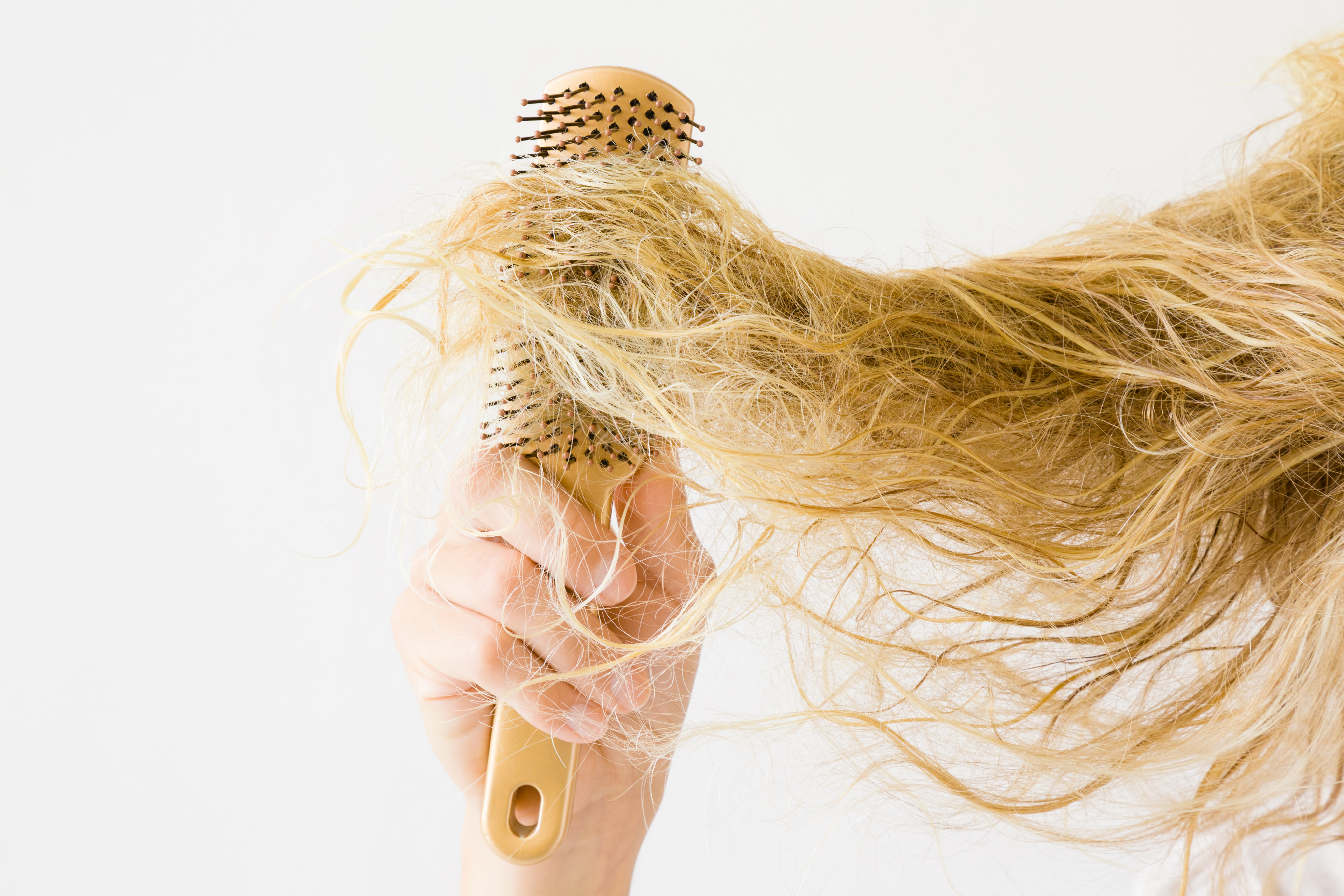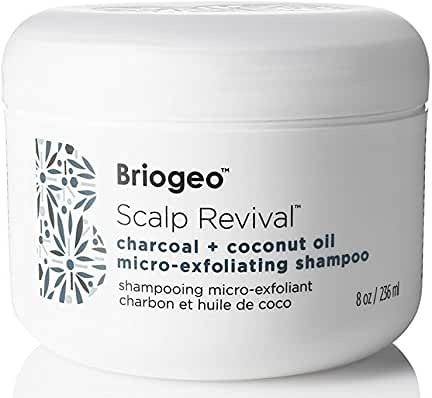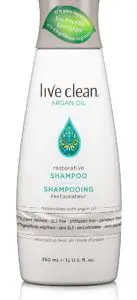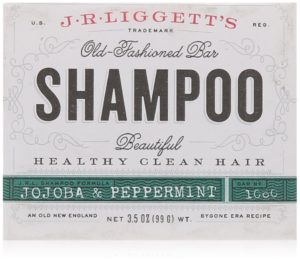
You may have noticed that your hair is more fuzzy, snaggy, shaggy, matty than shining, gleaming, flaxen, waxen since you saw Hair (hair, hair!) in the 60s and 70s.
There’s a reason for that.
Our hair typically becomes dryer with age. This means the shampoo we loved at 35 may not work for us now. In fact, it may be stripping away the natural oils that give our hair life and a healthy shine.
Thankfully there is a simple way to restore some of the silky tresses of our youth.
But first, a little background.
We don’t produce as much oil as we used to
You have no doubt noticed young women on the street with healthy, gleaming hair. The gleam is most likely due to natural oils that cause the hair to reflect light. But as we age, our scalp doesn’t produce as much oil, and so instead of reflecting light, our hair looks dull and dry.
Dr. Heather Woolery-Lloyd, a dermatologist in Miami Beach, Florida explains: “Our oil glands shrink over time and they don’t produce oil efficiently.” When you’re younger, “oil travels down the hair follicle and naturally coats the hair. If you’re old, you’re not producing as much oil” leaving your hair much drier than when you were younger.
The key to beautiful hair is to keep as much of the precious oil that your scalp produces as possible. And that starts with your choice of shampoo.
Aren’t all shampoos more or less the same?
A lot of people think shampoos are pretty much the same. After all, they are only on our scalp for a minute or two, then we rinse them off. How much damage can they do in so little time? The truth is that certain shampoo ingredients can be extremely drying.
Let’s talk cuticles
Like your nails, your hair has a cuticle and it is actually the most important part of your hair. The cuticle is the outer layer of the hair strand. It protects the innermost layers of the hair shaft, in particular the cortex. The cortex is the central nervous system of the hair shaft. It determines the hair strand’s color, curl pattern, thickness, and texture. The hair cuticle is made up of protein scales that overlay each other to keep moisture within the hair shaft.
If you examine hair cuticles under a microscope, you’ll see they have a pattern similar to shingles on a roof or scales on a fish. With healthy cuticles, your hair will look smooth and moisturized. Those young women with the gleaming locks most likely have virgin hair—Their cuticle lies perfectly flat, a second factor that helps reflect light to give hair that shine.
Certain ingredients in shampoos and conditioners can damage the hair cuticle by making it rise. When cuticles are damaged, they do not lie flat and do not reflect light well. Hence the dry, damaged dull look. Coloring your hair damages your cuticle as well (but most women we know aren’t willing to give up their hair color). One of the ways to help offset the damage done by hair dyes is to be sure that your other products, particularly your shampoo, don’t compound the issue.
Could my shampoo be a problem?
Most shampoos, particularly those we buy from the drug store or supermarket, contain sulfates. Sulfates are detergents. They belong to a class of molecules called surfactants, which means they attract both oil and water. The most commonly used sulfates are sodium lauryl sulfate, sodium laureth sulfate, and sodium dodecyl sulfate. Sulfates causes products to foam which makes them easier and more pleasing to use.
With shampoos, the foaming allows the shampoo’s active ingredients to clean dirt, oil, and dead skin from your scalp. Sulfates are man-made from petroleum and palm oils. You’ll find them in countless household items besides shampoo, including cleaners, dish detergents, liquid hand soaps, laundry detergents, and even toothpaste. Sulfates are cheap and plentiful, which is why they are used in mass market shampoos.
Sulfates worked fine when we had lots of natural oils and our main goal when we shampooed was to get rid of that oil. We welcomed that squeaky clean feel. It meant that all the oil was gone.
_____________________________________________________
_____________________________________________________
Bring back our oil
The problem comes as we age. We now have very little natural oil in our hair. Now our goal is to clean our hair while retaining much of its natural oils. It makes sense. Those sulfates that clean the kitchen floor so well or foam the grease off the dishes are simply not necessary in our shampoo. We need a shampoo that is gentler. We should also not be washing our hair as much.
The gentler the better: Five shampoos that are kind to dry hair
Briogeo Scalp Revival
This shampoo has 60K loves on the Sephora website. It’s expensive but reviewers swear they need only a tiny amount compared to a regular shampoo. And it’s free of sulfates, parabens, and formaldehyde. Find it on Amazon.com and Sephora.com.
Marc Anthony Volumizing Collagen Bamboo Sulfate Free Shampoo
If your hair is thinning, this sulfate free shampoo boosts its volume, according to reviewers on makeupalley.com, 100% of whom would buy this shampoo again. Buy from Amazon.com.
Live Clean Restorative Shampoo Exotic Nectar Argan Oil
This Canadian company’s goal was to develop “formulas that would deliver the kind of results and pleasurable product experience – foaming, cleansing, textures and performance – that had, until then, been the result of ingredients that we had come to learn are harmful to the earth and most likely, ourselves.” As one reviewer put it, this shampoo produces salon results at a drug store price. Buy on Amazon.com and Walgreens.com.
Uniq One all-in-one Cleansing Balm
This is truly a unique product from the Revlon Professional line and an all-time favorite of ours. It is gentle and cleansing, while making our hair soft and shiny. It does not lather at all and has the consistency of a balm, which takes some getting used to. Reviewers maintain that once you use this and experience the results, you’ll never look back. Available on Amazon.com.
J.R. Liggett’s Old Fashioned Bar Shampoo
This looks like something you would have found in your grandmother’s bathroom cupboard. One reviewer who had tried everything under the sun to combat dandruff, titled his review, “The clouds above me opened, and the angels rejoiced in Paradise”. Another reviewer says she uses it for herself, the kids, and the dog, and will never buy bottled shampoo again. It makes your hair soft and shiny without complicated, hard-to-pronounce ingredients. Buy on Amazon.com.
Tips for using sulfate free shampoos
- These are low-later shampoos. Expect a bit of a learning curve to figure out how much you need to use.
- Massage your scalp not your hair. Unless you’ve spilled something directly onto your hair and have to remove it, it’s your scalp that needs the most attention.
- Take the opportunity to massage your scalp thoroughly. It’ll increase your circulation and may coax some precious oil to the surface.
- Don’t over clean your hair. One shampoo is enough—don’t shampoo, rinse, repeat.
- Use a sulfate-free conditioner as well. Check the ingredients of the one you typically buy. Anything ending in “sulfate” is a no no.
- Natural oils added to your sulfate free shampoo provide extra moisturizing and conditioning. Jojoba, peppermint, and tea tree are all good choices.
- Don’t rub your hair enthusiastically with a towel when finished. Instead use a turban and then let your hair dry naturally.
As an Amazon affiliate Blue Hare receives commission on purchases made through some of the links on this page. Thank you for supporting Blue Hare.
* * *
You may also like
- No more white goo: these mineral sunscreens are your best bet this summer
- Think you need less sleep as you age? Think again.
- Thirsty? Easy ways to stay hydrated if you don’t like water
Go to the Blue Hare homepage for more articles for fabulous women like you.





